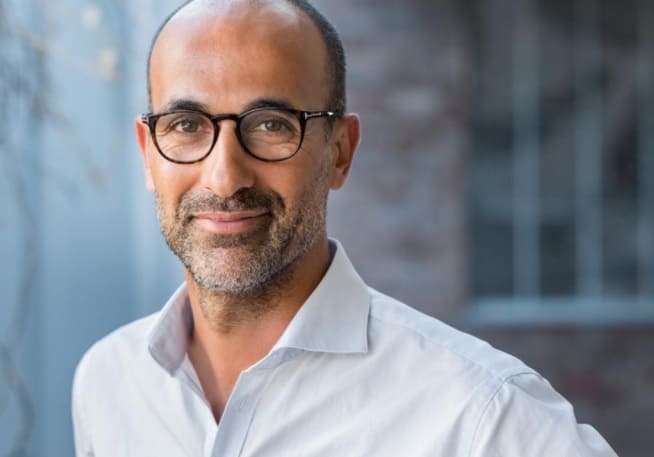
We’ve officially crossed over into the second half of 2021, and in any other year pre-COVID, you’d likely pause and reflect, career-wise, on where you’ve been and where you’d like to go.
But if you’re like most people, the pandemic threw a wrench (and possibly an accelerant) into that process.
According to Prudential’s latest Pulse of the American Worker survey, half of all workers say that the pandemic has made them reevaluate their career goals.Nearly the same number (48%) are rethinking the type of job they want post-pandemic, while 53% say they’d switch to an entirely new industry if they could retrain.
The survey also cites that most people feel the pandemic has given them more control in deciding the direction of their careers. And now that we’re quickly approaching a post-pandemic existence, it’s the perfect time to conduct a career check-in; here’s how:
What do you want? Though straightforward, that question isn’t easy for most to answer. Some wrestle with insecurities and fears about acknowledging their true desires; others have never pushed the pause button on their busy lives long enough to give themselves space to do so.
The key to answering this query is finding clarity on what matters most to you. It takes thoughtful introspection, and sometimes, a reality check: do you really want (fill in the blank), and are you willing to do what it takes to achieve it? Ensure that your reply isn’t merely a grass-is-always-greener scenario but a genuine desire for which you’re willing to work.MORE FOR YOUThe 53 Lessons I Wished I Learned (And Embraced) Earlier In My CareerWant To Be A Bold, Inspiring Leader? You Need These 3 Qualities5 Tips To Find And Land A New Job In 2021
What you wanted when you began the pandemic may no longer apply, or you may use this time to pivot and realize that dream you had tucked away for “one day.” Now might be the perfect time to reinvent yourself. Challenge yourself to be open enough to allow new and alternative—and sometimes even better—possibilities to emerge.
But here’s the thing about clarity: it demands specificity, and there is no room for a wishy-washy answer. You can’t make progress if you “kind of” want something. The more focused you can be about what matters most to you, the better.
Once you’re clear on what you want, you need to align your goals with a plan to achieve them—and stay away from the things that can derail you.
Audit how you’re spending your time and determine whether it’s supporting (or preventing) your short- and long-term goals. When you’re intentional with your time management, you’ll find that certain activities drop away, making way for other, more productive pursuits.
Also, assess your environment, which includes your friends, colleagues, location, habits, and lifestyle, and impacts you far more—for better or worse—than you realize. You’ve likely grown and evolved, and what once worked for you has probably changed. If an aspect of your environment is holding you back from accomplishing what you need to do, let it go. The power in saying no to people and things that no longer serve you is that you’re able to say yes to more that do.
All your time spent gaining clarity and alignment is for naught if your message is muddy. If your intended audiences can’t quickly understand you, what you offer, your value, what differentiates you, and how you can help them, you’ll confuse — or lose— them.
Position yourself for success by updating your LinkedIn profile’s career story, removing anything out-of-date or irrelevant, and adding information that supports your goals and sells your destiny, not your history. Remember, it’s not about you; it’s about making it easy for potential employers and clients to understand how you can help and solve their problems.
Properly crafted, your career story helps differentiate you from your competitors, highlight your value, and draw others to you. And being able to clearly articulate your story — especially as we move into a post-pandemic world — is invaluable.